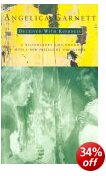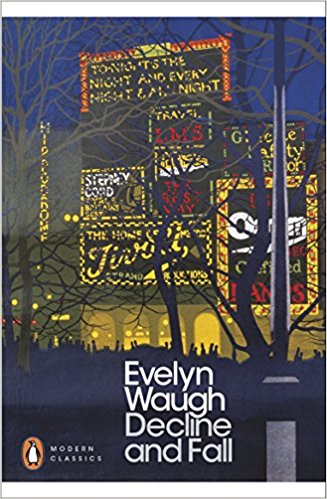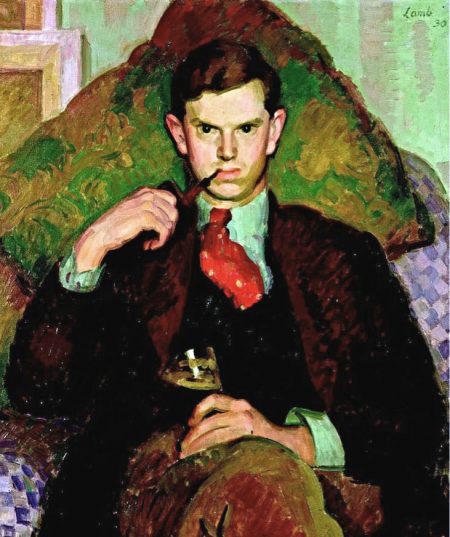biography, guidance notes, and literary criticism
This comes from a new series by Routledge which offers comprehensive but single-volume introductions to major English writers. They are aimed at students of literature, but are accessible to general readers who might like to deepen their literary understanding. The approach taken could not be more straightforward. Part one of the Critical Guide to Joseph Conrad is a potted biography, placing Conrad’s life and work in its socio-historical context. Thus we get his early years in Poland, his career as a seaman, his influences and ambitions, and his (relatively slow) rise to fame as a novelist. One of the interesting features of Conrad’s development as a writer is that his early novels were largely adult versions of boy’s adventure stories.
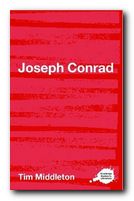 However, as his work became richer he tackled themes of intense political complexity. Read Heart of Darkness today and you would swear it had been written quite recently. Part two provides a synoptic view of his stories and novels. The works are described in outline, and then their main themes illuminated. This is followed by pointers towards the main critical writings on these texts and issues. I must say that reading through the synopses of some of his lesser known works made me want to go back to them again.
However, as his work became richer he tackled themes of intense political complexity. Read Heart of Darkness today and you would swear it had been written quite recently. Part two provides a synoptic view of his stories and novels. The works are described in outline, and then their main themes illuminated. This is followed by pointers towards the main critical writings on these texts and issues. I must say that reading through the synopses of some of his lesser known works made me want to go back to them again.
Part three deals with criticism of Conrad’s work. This is presented in chronological order – from contemporaries such as Richard Curle and his collaborator Ford Madox Ford, via early champions such as F.R. Leavis and Albert Guerard, to critics of the present day, with the focus on colonial and post-colonial criticism.
The book ends with a chronology of his life, a commendably thorough bibliography which covers biography, criticism in books and articles, plus pointers towards specialist Conrad journals.
This is an excellent starting point for students who are new to Conrad’s work – and a refresher course for those who would like to keep up to date with criticism.
© Roy Johnson 2006
Tim Middleton, The Complete Critical Guide to Joseph Conrad, London: Routledge, 2006, pp.201, ISBN 0415268524
More on Joseph Conrad
Twentieth century literature
More on Joseph Conrad tales
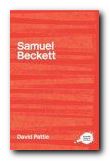

 Studying Fiction
Studying Fiction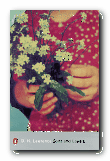 Sons and Lovers
Sons and Lovers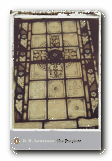 The Rainbow
The Rainbow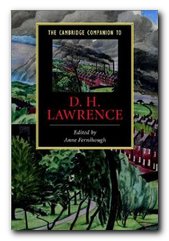
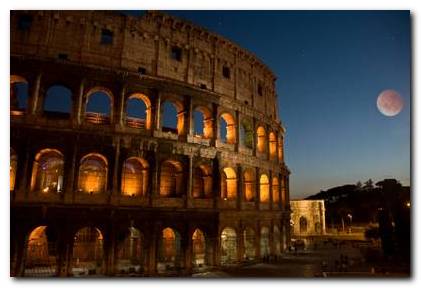



 Washington Square
Washington Square The Aspern Papers
The Aspern Papers The Spoils of Poynton
The Spoils of Poynton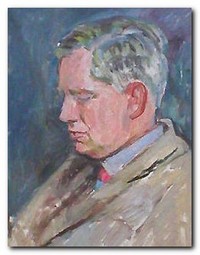 author, editor, bookshop owner
author, editor, bookshop owner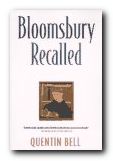

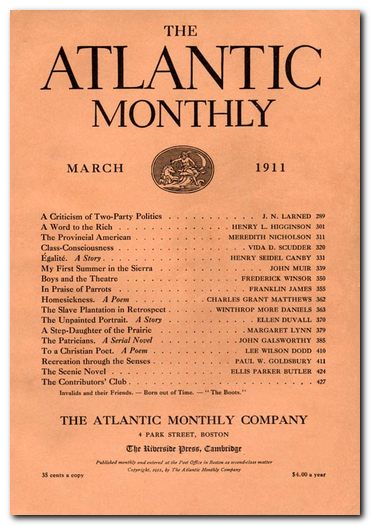

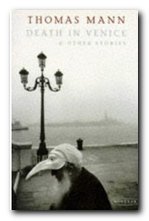 Gustav von Aschenbach is a famous author in his early fifties. He is a widower, dedicated to his art, and disciplined to the point of severity. While strolling outside a cemetery in his native Munich he has a disturbing encounter with a red-haired man, after which he resolves to take a trip. He reserves a suite in the Grand Hôtel des Bains on the Lido island of Venice. While en route to the island by vaporetto, he sees an elderly man with a wig, false teeth, makeup, and foppish attire, which disgusts him. Soon afterwards he has a disturbing encounter with a gondolier.
Gustav von Aschenbach is a famous author in his early fifties. He is a widower, dedicated to his art, and disciplined to the point of severity. While strolling outside a cemetery in his native Munich he has a disturbing encounter with a red-haired man, after which he resolves to take a trip. He reserves a suite in the Grand Hôtel des Bains on the Lido island of Venice. While en route to the island by vaporetto, he sees an elderly man with a wig, false teeth, makeup, and foppish attire, which disgusts him. Soon afterwards he has a disturbing encounter with a gondolier.
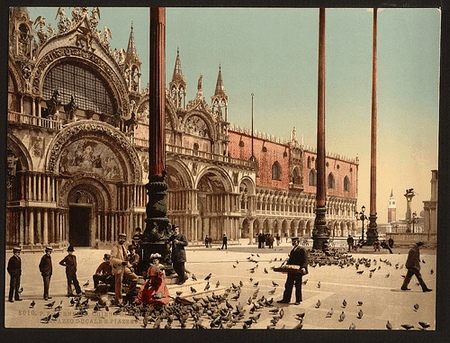
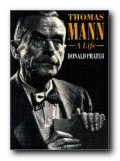 Thomas Mann: a life This exploration of Thomas Mann’s life by Donald Prater describes his relationship of intense rivalry with his brother Heinrich, who was also a novelist, his (much-concealed) homosexuality, his career as a prolific essayist, and the vast achievement of his novels. Particular attention is paid to Mann’s opposition to Nazism, and his role in the rise and fall of Hitlerism. It traces Mann’s political development from the nationalistic conservatism of his younger days, to the humanistic anti-Nazim of his maturity.
Thomas Mann: a life This exploration of Thomas Mann’s life by Donald Prater describes his relationship of intense rivalry with his brother Heinrich, who was also a novelist, his (much-concealed) homosexuality, his career as a prolific essayist, and the vast achievement of his novels. Particular attention is paid to Mann’s opposition to Nazism, and his role in the rise and fall of Hitlerism. It traces Mann’s political development from the nationalistic conservatism of his younger days, to the humanistic anti-Nazim of his maturity.  Mario and the Magician
Mario and the Magician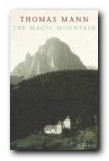 The Magic Mountain
The Magic Mountain